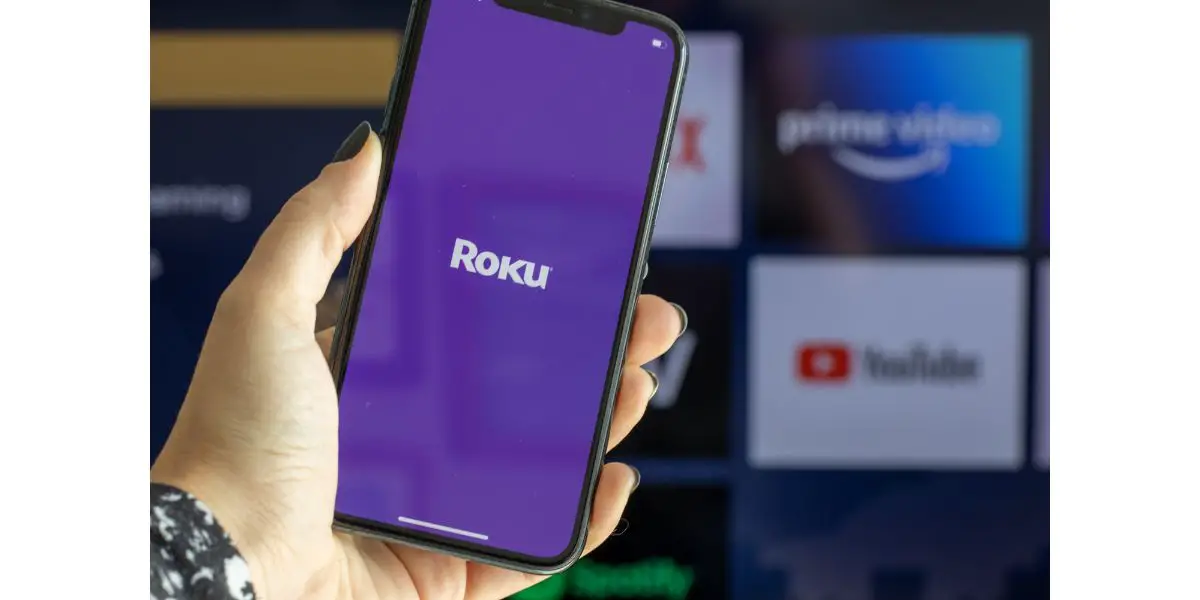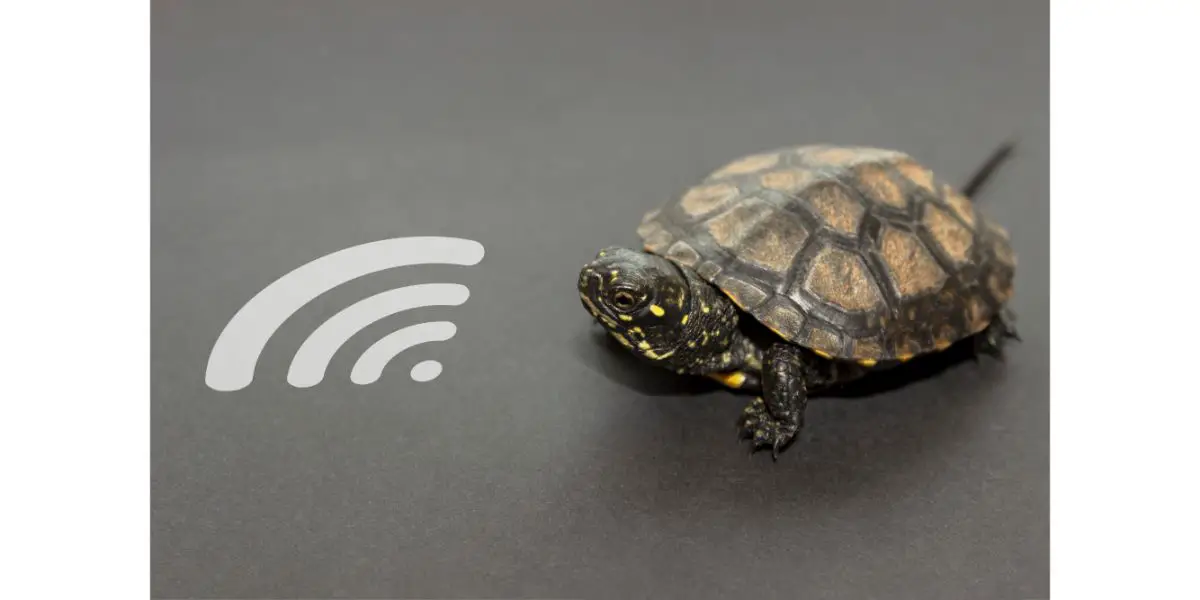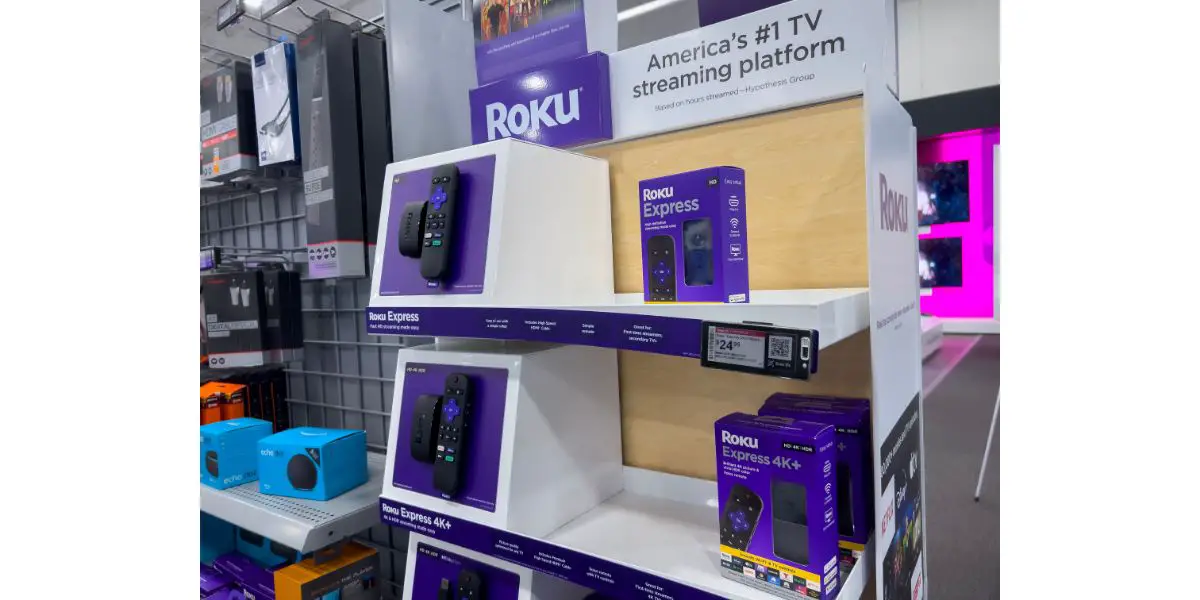Disclaimer: This post may contain affiliate links, meaning we get a small commission if you make a purchase through our links, at no cost to you. For more information, please visit our Disclaimer Page.
Few things frustrate us more than an inconsistent internet connection, especially when hosting a streaming event and the video judders or cuts out completely.
Roku keeps disconnecting from the internet because it needs restarting; you have poor bandwidth, crowded channels, incompatible devices, or weak WiFi connections.
In this article, we will identify what factors lead to disrupted Roku connections and several ways to address them so you can enjoy problem-free viewing.
Table of Contents
6 Reasons Your Roku Keeps Disconnecting
1. Devices Need Restarting
Devices with computer chips need restarting now and then, just like a computer. There are files to reshuffle and clear away, new data to sort, and downtimes needed for the machine to run more efficiently, which helps it run cooler.
If your internet or Roku hasn’t been restarted in a while, you could experience delays and disconnections. Restarting also creates a new, more stable connection with the internet with fewer interruptions and lags.
2. Insufficient Bandwidth Size
Bandwidth is displayed in Mbps or Gbps (megabits- or gigabits-per-second) and tells you how much data can get through in one second. Radio frequencies make up the bandwidth. If too much data is pushing to get through, your network will slow down while trying to accommodate the information.
If a connection runs too slow, it will drop altogether, disconnecting Roku.
Streaming services use more data, so if your internet plan doesn’t allow for that much draw, you’ll experience issues. Problems like this will become evident using any device but are more pronounced and noticeable when streaming video.
If your Roku maintains a connection but runs slow, I wrote a tutorial to help you improve your Roku speed that you can find here.
3. Crowded Channels
Bandwidths are groups of frequencies, and the channels are the routes the data use.
On 2.4 GHz bands, many of the 11 channels overlap and can interfere with each other, disrupting the signal. 5 GHz bands have 45 channels that don’t overlap and thus don’t interfere with each other. A 6 GHz band has 60 channels.
You can broadcast the 2.4 GHz and 5 GHz signals together if you have a dual-band router. With a tri-band router, you can broadcast two 5 GHz signals and on 2.4 GHz signal simultaneously.
4. WiFi Version
WiFi 4 has throughput speeds up to 600Mbps, whereas WiFi 5 can handle 3.5 Gbps. WiFi 6 can handle 9.6 Gbps. But it isn’t just the speeds; it’s also the band availability and how much data can transfer per user. WiFi 6 also provides more bandwidth per user, but at the expense of interference and range.
WiFi 5 and 6 use 5 GHz bands, which are shorter-ranged but more concentrated, so closer devices using WiFi 5 have a stronger, better connection. Some devices have the older WiFi standard because more people can access 2.4 GHz than 5 GHz.
Devices having older WiFi standards means potential compatibility issues with devices that run solely on the one 2.4 GHz band.
WiFi 6 solves the data size and compatibility issues, accommodating ultra-high-definition content and backward compatibility.
5. Roku Device Incompatibility
Some Roku devices run on older standards, which cannot handle larger data transmissions for high-definition content.
For example, the Roku Express 4K+ uses WiFi 4, which can lead to connectivity issues when connected to a 5 GHz network. WiFi 4 uses 2.4GHz bands, and so does everything else in your house and office. Suppose your router only transmits at 2.4 GHz, and every device on your network uses that band. In that case, they end up competing for data.
Furthermore, if your Roku is made for an older WiFi standard, and your router transmits at 5 or 6 GHz, it may not connect.
6. Weak WiFi signal
This issue is another item that applies to WiFi-dependent devices of all types. If the signal itself is weak, so will the connection. By definition, a weak WiFi signal cannot maintain a steady rate or connection due to interference between the router and the Roku.
A weak signal indicates too great a distance between the Roku and the router, which means insufficient WiFi waves can reach the device. If the distance is within an acceptable range, but the signal is weak, it may be a case of interference.
5 GHz and 6 GHz bands don’t have the range that 2.4 GHz bands have. So a router set to transmit the higher frequencies from far away can’t get there without help from another transmitting point connected to the router.
Solutions for Stable Roku Connections
1. Restart Everything
Gather other devices using your network and turn off their WiFi while you restart or reset your router and gateway.
Keep other devices off while you restart your Roku.
Try streaming the content again and see if it’s any better. If not, continue through this list before trying a hard reset of your Roku device. A hard reset erases everything and returns the Roku to its original factory settings.
Resetting your device’s network settings may help you establish a stronger connection or recognize new bands. That’s because your saved network preferences may prevent your device from detecting the network you want to use.
2. Change Your Router Channel
Along with streaming boxes and smartphones, other devices in your house or office use the same WiFi channels. Your wireless printer, for example, uses WiFi to get the data from your phone to print the document.
But many routers are similar and use the same channels, which invites interference from neighbors, especially in cozy housing complexes. To further complicate things, overlapping channels compete with each other.
Switching to a less active, non-overlapping channel will allow your devices to use that channel, eliminating signal competition from neighbors and between the router’s channels.
Pull up your router’s settings and change the channel to 1, 6, 11, or any of the nine 5 GHz channels supported by Roku devices.
Remember that this changes your WiFi network’s channel, so your other devices will continue to use the assigned channel. Upgrade to a dual- or tri-band router to dedicate separate bands for different device groups.
3. Upgrade Your Roku
Some older and newer Roku devices are incompatible with (or unsupported by) newer WiFi standards.
Those devices still have their place. For example, I encounter various TV and internet setups when I travel, which always helps to have compatible devices.
But suppose you’ve recently upgraded your internet or router and noticed a degraded Roku experience. You’ve gone through this helpful list to fix it. In that case, it might be time to upgrade your Roku device.
4. Upgrade Your Internet Speeds
The standard definition content has modest speed requirements as low as 3 Mbps. High-definition and ultra-high-definition stream requirements start at 5 Mbps and reach the mid-20s for UHD.
Streaming at this rate on just your Roku works great, but we rarely have one single device using our WiFi at one time. The more devices, the more data needs to transmit at higher rates.
Run a speed test on your system and add up the usage per device when you’re streaming on your Roku. With most home internet service packages, you’re limited in how much data you can use, which hinders performance.
It might be time to revisit your plan and see your provider’s options for upgrading your experience.
5. Buy a New Router
A new router may be in order, especially if you’re using newer devices and streaming higher-quality content. Devices may work better with newer WiFi standards (as mentioned above).
This fact doesn’t necessarily mean you have to get a big, expensive router. If your router is single-band, you may need to replace it with a dual-band or tri-band router. That way, your 2.4 GHz-only devices have a dedicated band to pull from that doesn’t interfere with the 5 GHz bands.
6. Install a Mesh Router System
In my experience, WiFi reliability has improved dramatically since we added a system of mesh WiFi routers in our home.
A mesh system is like a repeater that creates an invisible grid. Think of it as a giant, glowing net cast over your house. Each line of the net carries a full-strength internet signal. Mesh eliminates dead zones and weak spots by transmitting the signal using multiple mini-routers (“nodes”) that spread the signal evenly over a given area.
This even signal spread means the signal is strong throughout your home or office. Our Roku is within 20 feet (~6 meters) of one of our mesh nodes, so I rarely experience connection or quality issues.
7. Connect Your Roku via Ethernet
Ethernet is your most direct connection because the signal stays inside the wires. No one else can hop on your ethernet as they can with WiFi.
Ethernet also gives you the most reliable connection to your internet since it has the least resistance to the signal. As long as you have the cable length, a wall doesn’t matter. You can use extensions if necessary and link your Roku directly to the internet via cable.
If the Roku is directly connected, other devices using the WiFi won’t have as great an impact. However, since streaming uses more data, you will still be limited to how much data your plan allows you to use, so get a larger plan if you need to.
Final Thoughts
The primary reason your Roku disconnects is that it doesn’t receive enough data fast enough to maintain the proper strength of the signal.
Ensure your Roku band and router band match, don’t allow too many devices on your network, restart everything, and use an upgraded router or mesh system to improve your connection.



